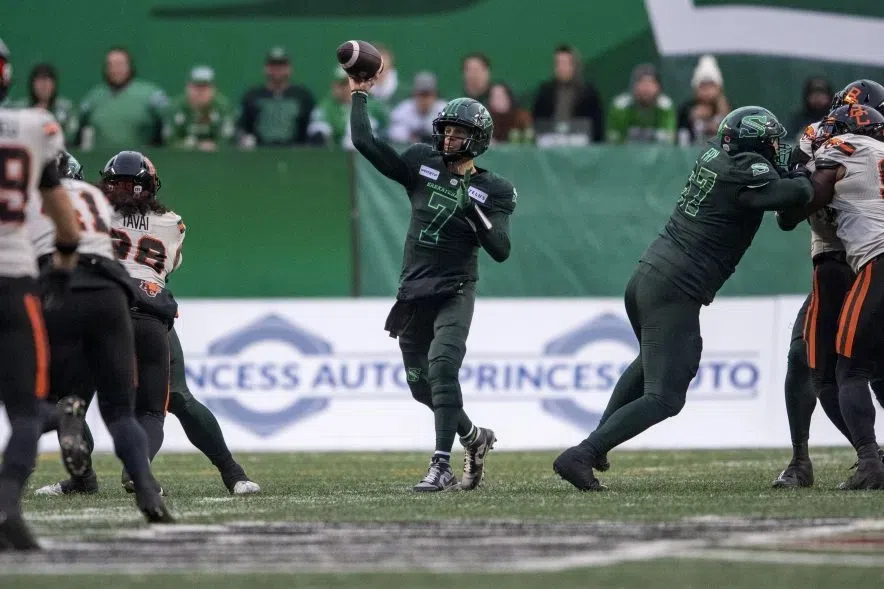Summer is just winding down but harvest is already underway.
Farmers have nine per cent of the crop combined and 10 per cent swathed or ready to straight-cut.
The five-year average at this time of the year is two per cent combined and five per cent swathed or ready to straight-cut, according to this week’s Saskatchewan Agriculture Report.
Sixty-three per cent of fall rye, 59 per cent of winter wheat, 40 per cent of field peas, 34 per cent of lentils and 14 per cent of chickpeas are now in the bin.
Topsoil moisture conditions on cropland are rated as seven per cent surplus, 75 per cent adequate, 16 per cent short and two per cent very short.
“The northern part of the province has gotten quite a bit of rain in the last couple of weeks so (farmers are) certainly waiting for some of those fields to dry up, for the sun to come out and for some of those crops to be at the right stages for harvest,” Shannon Friesen with Sask. Ag, said.
“Even though we’ve just begun, we still have many weeks ahead of us.”
“Even though we’ve just begun, we still have many weeks ahead of us.”- Shannon Friesen
Friesen said most pulses are ready, or will soon be ready. Some of the canola is still flowering so those crops could be another couple of weeks, although some swathing is already underway.
As for cereals, some will soon be ready to go, while others will need another couple weeks to finish filling and ripening, she said.
The last crops to be combined will likely be a “mixed bag”, according to Friesen. In the north, she said it will likely be some cereals and canola crops.
Farmers are amid desiccation of their pulse crop which include peas, lentils, and in the south –chickpeas.
“It just kind of helps to evenly ripen crops and weeds so that combining is a lot easier,” explained Friesen. “The majority of producers do desiccate pulses and then they straight cut. It’s good to see this happening because we are very much early from where we have been the last couple of years.”
“So harvest will hopefully go a little bit quicker this year, as compared to last year.”
Crops subject to straight cutting include pulses, after they’ve been desiccated, some cereals, after they’ve had a pre-harvest application of glyphosate, and some canola.
“It is one less operation they have to do, but it really depends on if they have the equipment to do it, if you’re able to get into the field early enough and if you’re able to combine when the crop is ready,” said Friesen.
“We’re just excited that we’re in the fields, finally,” she said.
-with files from CKOM News’ Gerald Bauman






